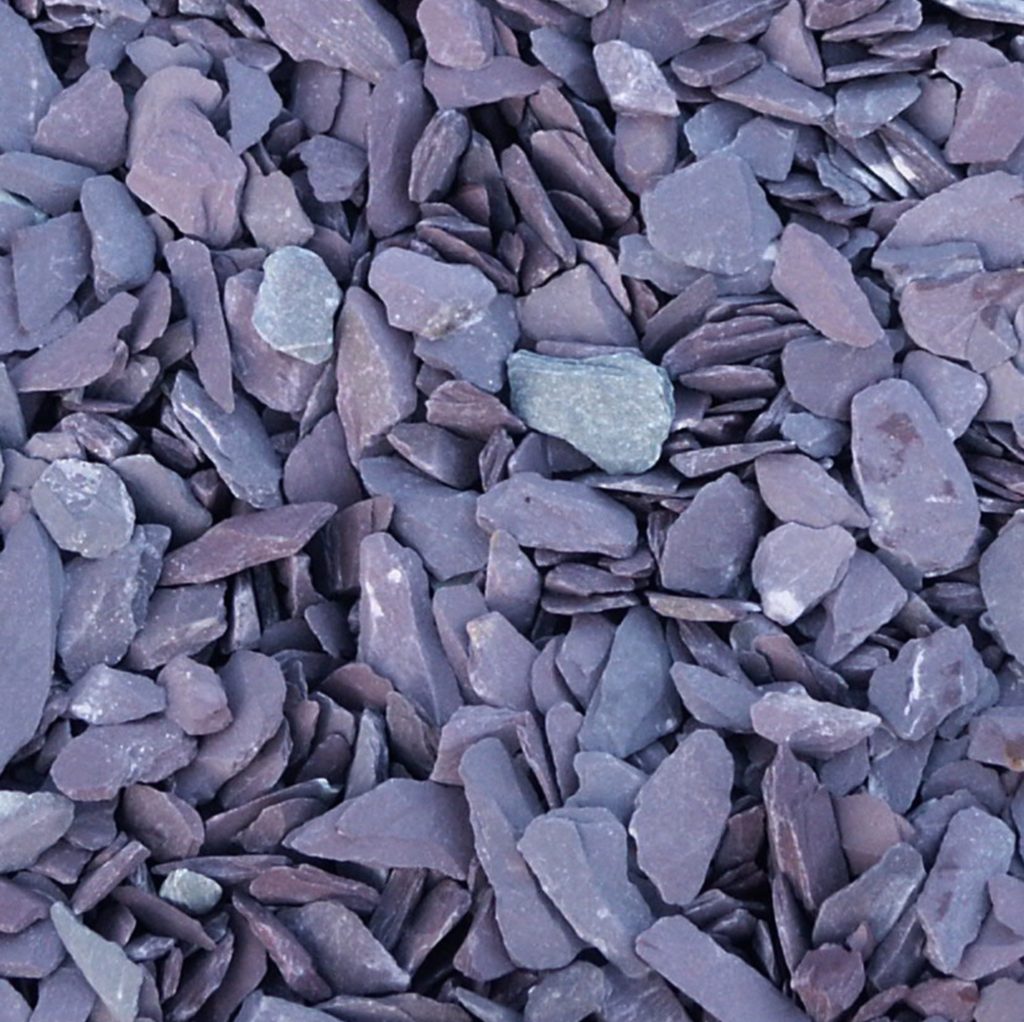Introduction:
When it comes to choosing a building material for your home or commercial project, the options can be overwhelming. Among the many choices available, stone veneer and brick are two popular selections that offer durability, aesthetics, and a timeless appeal. Both materials have a long history of use in construction, but they differ in terms of installation, cost, maintenance, and design possibilities. In this article, we will delve into the world of stone veneer and brick, providing a comprehensive comparison to help you make an informed decision.
Section 1: Understanding Stone Veneer
1.1 Definition and Types of Stone Veneer
Stone veneer is a thin, lightweight material made from natural or manufactured stone. It is typically used as a decorative covering for exterior and interior walls, fireplaces, and other architectural elements. Natural stone veneer is cut from real stone, offering a genuine look and feel, while manufactured stone veneer is made from a mixture of cement, aggregates, and pigments to resemble natural stone.
1.2 Installation Process and Cost
Installing stone veneer requires a skilled mason who can adhere the individual pieces to the wall surface using mortar or a specialized adhesive. The installation process can be time-consuming and labor-intensive, resulting in higher installation costs compared to other materials. However, the final result is a stunning, natural appearance that can significantly enhance the visual appeal of any structure.
1.3 Maintenance and Durability
Stone veneer is known for its durability, with natural stone offering exceptional resistance to weathering, fire, and pests. However, regular maintenance is still necessary to keep the veneer looking its best. Cleaning and sealing are recommended to prevent staining and moisture penetration, ensuring the longevity of the material.
1.4 Design Possibilities
Stone veneer offers a wide range of design possibilities, allowing for various styles and textures to be incorporated into a project. From rustic and traditional to modern and contemporary, stone veneer can be customized to fit different architectural aesthetics. The versatility of stone veneer makes it a popular choice for both exterior and interior applications.
Section 2: Exploring Brick
2.1 Definition and Types of Brick
Brick is a versatile building material made from fired clay or a mixture of clay and shale. It has been used for centuries and is renowned for its strength, durability, and timeless appeal. Bricks come in various sizes, colors, and textures, offering a wide range of design options.
2.2 Installation Process and Cost
Installing brick involves laying individual units, known as bricks, using mortar as a bonding agent. The installation process is labor-intensive and requires the expertise of a skilled mason. While brick installation can be time-consuming, it is generally less expensive compared to stone veneer due to brick's availability and ease of installation.
2.3 Maintenance and Durability

Brick is highly durable and requires minimal maintenance. It can withstand harsh weather conditions, fire, and pests. However, over time, brick may require repointing, which involves removing deteriorated mortar and replacing it with new mortar. Regular cleaning and sealing can also help preserve the appearance of brick.
2.4 Design Possibilities
Brick offers a classic and timeless aesthetic, making it suitable for a wide range of architectural styles. The versatility of brick allows for various patterns, textures, and colors to be incorporated into a design, providing endless design possibilities. From traditional red bricks to contemporary white or gray bricks, this material can complement any architectural vision.
Section 3: Comparing Stone Veneer and Brick
3.1 Cost Comparison
When it comes to cost, brick is generally more affordable than stone veneer. The availability of bricks and the ease of installation contribute to lower overall costs. Stone veneer, on the other hand, requires skilled labor and individual placement, resulting in higher installation expenses. Additionally, the cost of natural stone veneer is usually higher than that of manufactured stone veneer.
3.2 Maintenance Comparison
Both stone veneer and brick require regular maintenance to ensure their longevity and appearance. However, stacked stone and ledgestone may require more frequent cleaning and sealing due to its porous nature. Brick, being less porous, is generally easier to maintain and may only require occasional repointing.
3.3 Durability Comparison
Both stone veneer and brick are known for their durability. Natural stone veneer offers superior resistance to weathering, while brick is renowned for its strength and ability to withstand the test of time. Both materials are fire-resistant and provide excellent protection against pests and rot.
3.4 Design Flexibility Comparison
When it comes to design possibilities, both stone veneer and brick offer a wide range of options. Stone veneer provides a more natural and textured appearance, while brick offers a classic and timeless look. The choice ultimately depends on the desired aesthetic and architectural style.
Conclusion:
In conclusion, the choice between stone veneer and brick ultimately depends on various factors, including budget, design preferences, and maintenance requirements. Stone veneer offers a natural and luxurious appearance, with endless design possibilities, but comes at a higher installation cost. Brick, on the other hand, provides a classic and timeless aesthetic with lower installation costs. Both materials offer durability and require regular maintenance to ensure their longevity. Ultimately, it is crucial to carefully consider your specific project needs and consult with professionals to determine the best choice for your building project.
